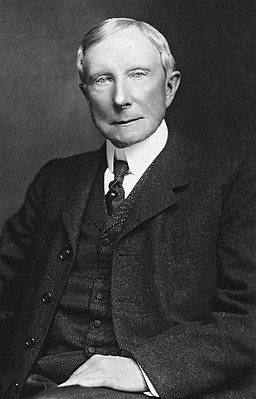National Air and Space Museum Dulles
Casual notes on our visit to National Air and Space Museum at Dulles (Steven F. Udvar-Hazy Center)

- Impressive futuristic look, esp. control tower 165 ft above the ground
- 360 degree view; Seeing from Blue Ridge (Shenandoah) to DC
- Mock up of flight controllers work stations on floor below
- Cost. $15 parking; entry $10/each; simulator ride $6/each; Food – captive at McD’s $7/each; Imax $6.50/each
- The hangers are awesome. Filled with so many planes from lighter-than-air to Wright brothers through WWI and each decade thereafter, with a space shuttle and a stealth Blackbird
- Metal walkways 25′ about the floor on both sides of both hangers, giving additional angles to see
- Rockets, some smaller independent ones as well as armaments
- Airplane engines through all the years
- Medallions, commemoratives, and cultural artifacts celebrating triumphs in aviation. Lots of “Lucky Lindy” stuff
- Aspen wanted to be inside at night when all the other people were gone. I suspect he’s seen “Night at the Museum” more than once
- Imax. We saw Hubble video. 45 min
- Especially enjoyed was one astronaut fixing a taco in space and not having to worry when he stopped with the taco unwrapped. Things just kept on floating, not falling, for the seconds he attended to another task
- The images of a forming star system out of a swirling disc of black particles had El Greco overtones.
- The photograph trip from Earth locale to the stars of Orion’s Belt held a pleasant surprise.
- Hubble vast image library allows it to recalculate the stars’ relative positions as our imagery flight proceeds towards Orion’s Belt. You see the shape of the Belt change. Very nifty.
- Simulator of trip to Space Station. 5 min, in a closed vehicle which had movement and shaking control to add the 3D video.
- On the whole, the 3D visual effects were pathetic. Polar Express Imax was 100 better in that regard.
- I really enjoyed the external approach to the International Space Station. The girding iron network, the Russian Soyuz bedroom community, the new inflatable/expandable living quarters.
- You could see how close things were, complicating the arrival to a docking pod


